Fractal-Based Methods in Analysis
Select Format
Select Condition 
Book Overview
The idea of modeling the behaviour of phenomena at multiple scales has become a useful tool in both pure and applied mathematics. Fractal-based techniques lie at the heart of this area, as fractals are inherently multiscale objects; they very often describe nonlinear phenomena better than traditional mathematical models. In many cases they have been used for solving inverse problems arising in models described by systems of differential equations and dynamical systems.
"Fractal-Based Methods in Analysis" draws together, for the first time in book form, methods and results from almost twenty years of research in this topic, including new viewpoints and results in many of the chapters. For each topic the theoretical framework is carefully explained using examples and applications.
The second chapter on basic iterated function systems theory is designed to be used as the basis for a course and includes many exercises. This chapter, along with the three background appendices on topological and metric spaces, measure theory, and basic results from set-valued analysis, make the book suitable for self-study or as a source book for a graduate course. The other chapters illustrate many extensions and applications of fractal-based methods to different areas. This book is intended for graduate students and researchers in applied mathematics, engineering and social sciences.
Herb Kunze is a professor of mathematics at the University of Guelph in Ontario. Davide La Torre is an associate professor of mathematics in the Department of Economics, Management and Quantitative Methods of the University of Milan. Franklin Mendivil is a professor of mathematics at Acadia University in Nova Scotia. Edward Vrscay is a professor in the department of Applied Mathematics at the University of Waterloo inOntario. The major focus of their research is on fractals and the applications of fractals.















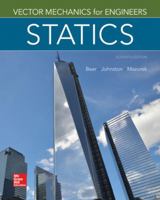
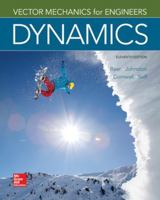


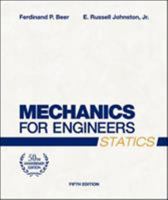




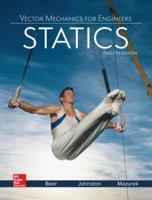


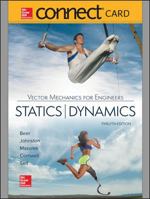





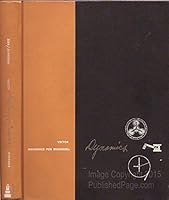

![Vector Mechanics For Engineers: Statistics [9 E]](https://m.media-amazon.com/images/I/51BDL6e6S0L._SL200_.jpg)








